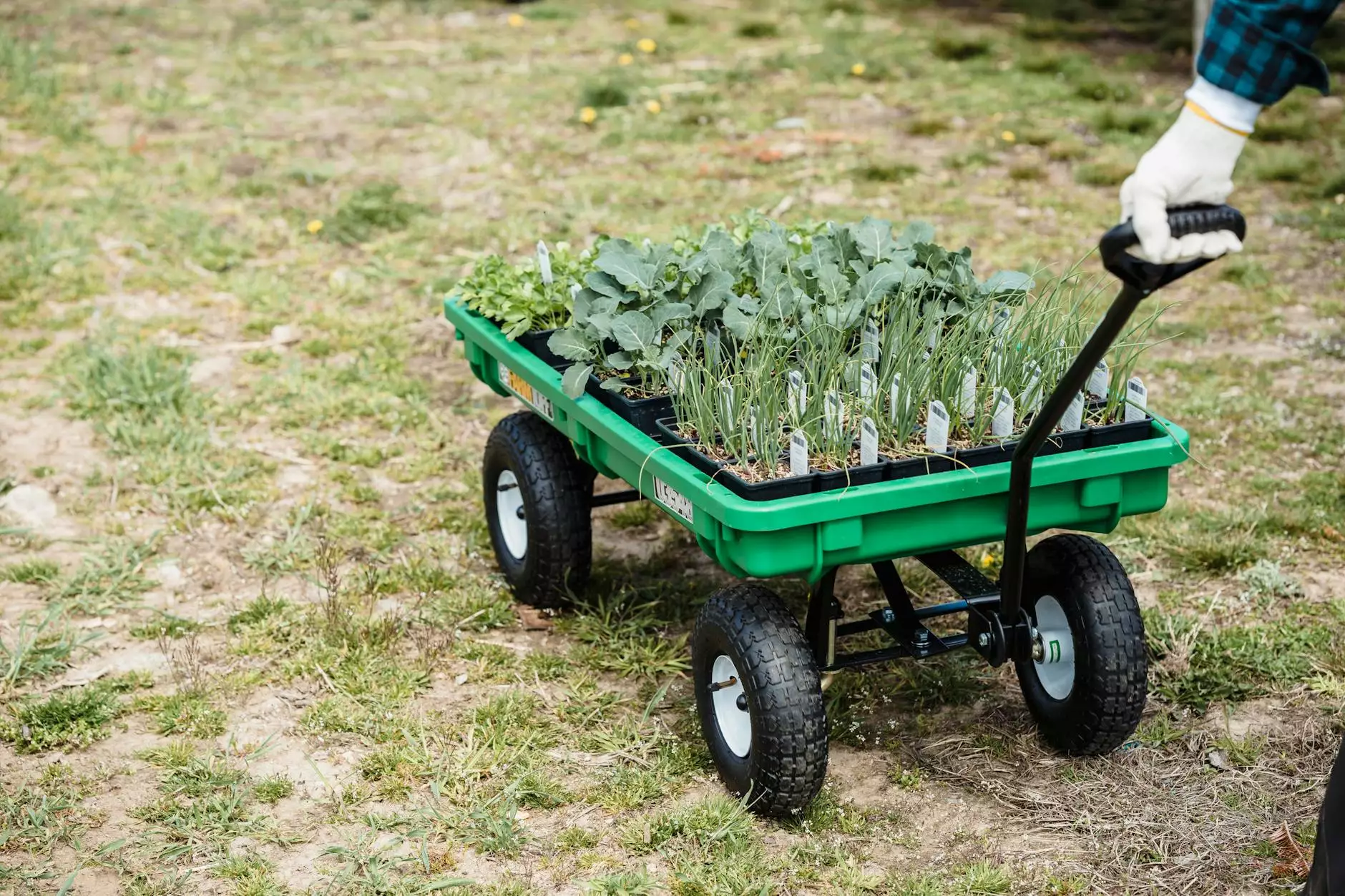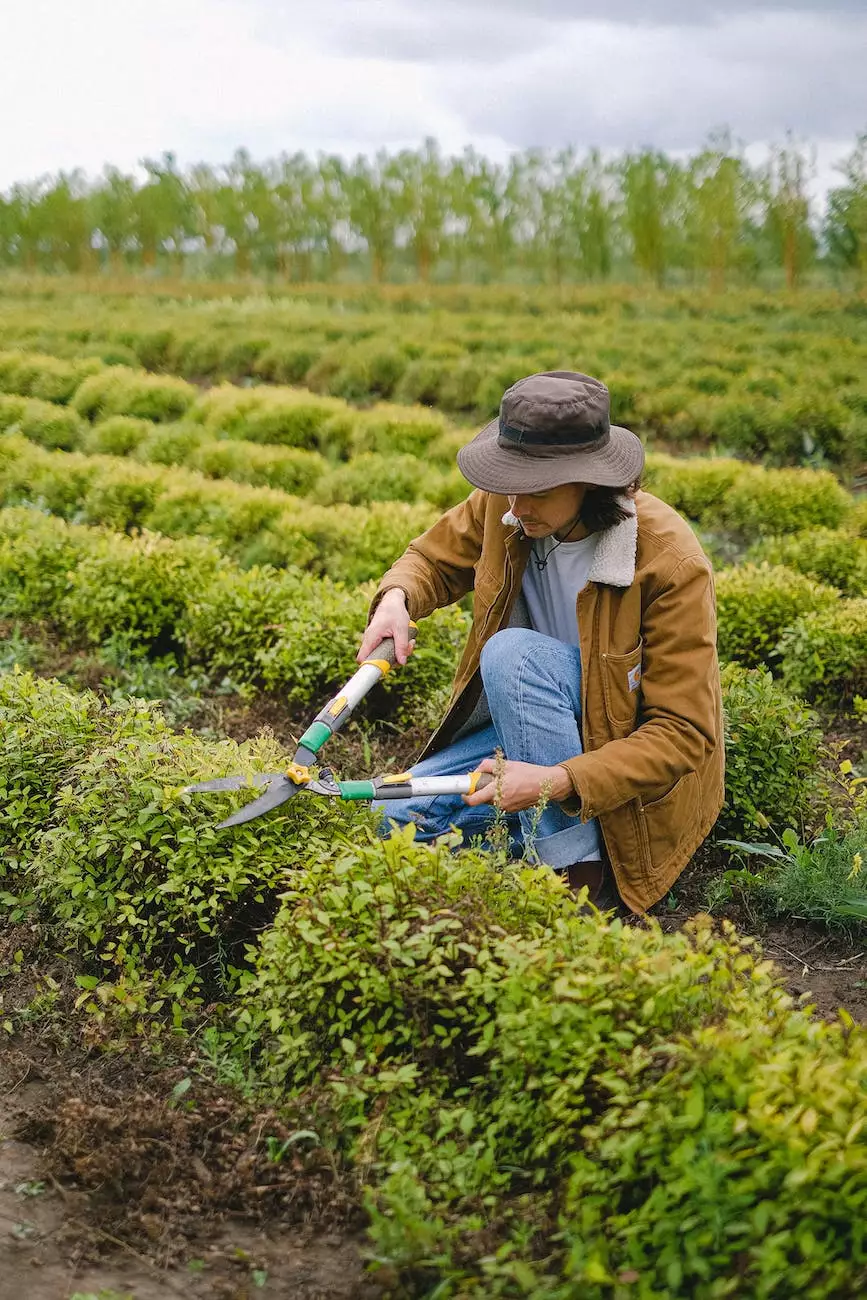How to Choose the Right Pesticide — Cultivate Colorado
Blog
Welcome to Cultivate Colorado, your trusted source for all things related to gardening and cultivation. In this comprehensive guide, we will delve into the essential factors to consider when selecting the right pesticide for your gardening needs. We understand the importance of maintaining a healthy and thriving garden, and choosing the appropriate pesticide plays a crucial role in achieving that goal.
Why is Pesticide Selection Important?
Choosing the right pesticide is vital to properly address and manage pest issues that may arise in your garden. The use of an ineffective or unsuitable pesticide may not only fail to eradicate pests but also have unintended consequences such as harming beneficial insects or contaminating the environment. Understanding how to choose the right pesticide ensures that you can effectively control pests while minimizing potential risks.
The Importance of Identifying the Pest
The first step in selecting the right pesticide is accurately identifying the pest or pests that are causing damage to your plants. Different pests require different treatments, and using the wrong pesticide can be ineffective and wasteful. Take the time to closely observe the affected plants and insects present to determine the specific pest problem.
Things to Consider When Choosing a Pesticide
Once you have identified the pest, it's essential to consider several factors before selecting a pesticide:
Pest Type:
Understanding the specific pest type will help ensure you choose a pesticide that targets that particular pest. Whether it's insects, fungi, or weeds, knowing the pest type is crucial in finding the most effective solution.
Environmental Impact:
Consider the potential impact on the environment when selecting a pesticide. Look for products that have a low toxicity rating and are labeled as safe for the environment. This helps minimize the risk of negative consequences on beneficial insects, wildlife, and the overall ecosystem.
Application Method:
Consider the ease of application and the suitability of the chosen pesticide for your specific needs. Some pesticides may require specialized equipment or training, while others are available in user-friendly forms such as sprays or dusts. Choose a pesticide that aligns with your comfort level and gardening practices.
Understanding Pesticide Labels
Pesticide labels provide crucial information regarding their appropriate use and safety measures. It is essential to thoroughly read and understand the information provided on the label before using any pesticide. Here are some key elements to look for on pesticide labels:
Active Ingredients:
Identify the active ingredients in the pesticide. This information helps determine which pests the pesticide will target and its efficacy against them. Understanding the active ingredients enables you to make an informed decision based on your specific pest problem.
Usage Instructions:
Pesticide labels provide detailed instructions on how to use the product safely and effectively. Follow these instructions carefully to ensure proper application and minimize any potential risks to yourself, others, or the environment.
Precautionary Measures:
Labels also contain precautionary measures to minimize risks associated with pesticide use. These measures may include protective clothing recommendations, application restrictions, and guidelines for storage and disposal. It is crucial to adhere to these precautions to ensure safe handling of the pesticide.
Pesticide Alternatives
While pesticides can be effective in managing pest issues, it's also worth exploring alternative methods to minimize chemical intervention in your garden:
Biological Controls:
Biological controls involve the use of beneficial insects or organisms that naturally prey on pests. Introducing these organisms into your garden can help maintain a balanced ecosystem where pests are controlled naturally.
Cultural Practices:
Implementing good cultural practices such as proper plant spacing, regular watering, and promoting plant health can prevent pest infestations. Strong and healthy plants are more resistant to pests, reducing the need for pesticides.
Physical Barriers:
Using physical barriers like nets or fences can effectively protect your plants from pests. Installing barriers can be particularly useful for deterring animals or larger pests.
Conclusion
Choosing the right pesticide is a crucial step in maintaining a healthy and thriving garden. By accurately identifying the pest, considering various factors, and understanding pesticide labels, you can make an informed decision on which product to use. Additionally, exploring pesticide alternatives can further reduce the need for chemical interventions in your garden. At Cultivate Colorado, we are dedicated to helping you make informed choices to ensure the success of your gardening endeavors. Trust us as your go-to resource for all your gardening needs.




